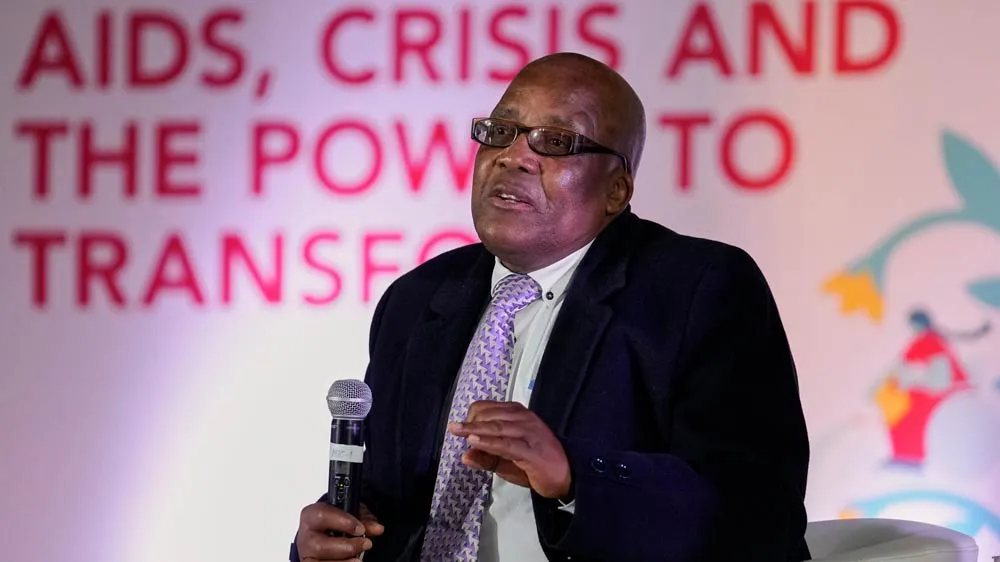August 19, 2015
High Housing Costs Raise an Obstacle for Women Fleeing Abuse
Kilian Melloy READ TIME: 4 MIN.
When Karen finally decided to leave a husband who had been abusing her for years, she found out that fleeing was the easy part.
She and her little boy spent the next three years homeless, in and out of shelters, because she couldn't afford New York City rents.
"I was desperate to get a place, any place. But it was just impossible," said Karen, who spoke to The Associated Press on condition she be identified only by her first name because she fears for her child's safety. "When I was in the shelters, there were so many people like me, who could not find a way to start a real life."
Those fleeing domestic violence nationwide are struggling with a critical piece of recovery: finding a permanent home. As rents skyrocket and waiting lists for public housing grow, victims often end up homeless for years - or go back to their abusers for lack of options.
"Until you have a roof over your head you know you can come back to, where there's a place for you and a place for your children, you can't begin the process of healing," said Barbara Paradiso, director of the Program and Center on Domestic Violence at the University of Colorado Boulder.
One in four women will suffer domestic violence in their lifetimes, though the crime is dramatically underreported, according to the advocacy group Safe Horizon. It is the third-leading cause of homelessness among families, according to the U.S. Department of Housing and Urban Development. Because of the nature of the crime, victims, mostly women, often have no access to money, no recent job history, and no friends or family they can turn to.
The national rental vacancy rate dipped to 8 percent in 2014, its lowest point in nearly 20 years, as rents rose at a 3 percent rate - twice the pace of overall inflation, according to the Joint Center for Housing Studies at Harvard University.
In Boulder County, north of Denver, where rents average more than $1,300 a month for a one-bedroom apartment, an advocacy group has only 12 affordable housing units available for about 300 domestic violence victims who need them.
"Even if they get a city voucher to help with rent, they're competing with other low-income folks in the community for rentals," said Anne Tapp, executive director of Boulder's Safehouse Progressive Alliance for Nonviolence.
In Washington state, King County, which includes Seattle, has between 2,000 and 5,000 on a waiting list two years long for subsidized housing vouchers. In some rural and tribal areas, there was no help available. But the state Coalition Against Domestic Violence, working with a grant from the Bill and Melinda Gates Foundation, allots to advocacy groups around the state $250,000 each to dole out to survivors for anything related to living expenses, from rent and tuition to grocery lists and vehicle repair. Housing coordinator Linda Olsen said more than 90 percent of the hundreds of families served have kept stable housing since it began four years ago.
There was no such help in New York for Karen when she left her husband and moved into a $900 one-room apartment with her son. She was drowning in bills for child care, utilities and food, and eventually ended up in shelters, where she bounced around for the next 2 1/2 years.
There are about 2,000 beds citywide at emergency shelters specifically for domestic violence victims, who can stay up to 180 days. Karen landed in one of seven transitional shelters, where she stayed for months. But she also was forced into a general-population homeless shelter, the darkest days for her.
"I was so humiliated and scared, but there was nothing else to do," said Karen, in her 30s, who had met her abuser while still a teenager in Central America.
J., a 20-year-old with a toddler, says she spent months in shelters after leaving her abusive husband. She celebrated her baby's first birthday in one. Still, she was lucky. Many of the women she encountered had been in and out for years, some so frustrated with the uncertainty and shelter rules that they returned to their abusers.
"They couldn't do it. Couldn't take the limbo. They gave in, went back," said J., who also feared her estranged husband and agreed to speak on the condition she be identified only by her initial.
Many abuse victims looking for homes in New York City face a waiting list for public housing that is 270,000 families long, with 170,000 more families waiting for vouchers that ease cost of living expenses. Some domestic violence survivors' applications were first filed a decade ago.
The city has also seen a net loss of nearly 104,000 private rent-stabilized apartments over the past 21 years. And the median rent for a studio apartment in New York City is now about $2,500 a month, with a vacancy rate of 2 percent, according to real estate industry figures.
Advocates say relief came from Mayor Bill de Blasio last year when he started a rent subsidy program, in part for domestic abuse victims. City officials also have eased some requirements that made it more challenging to give housing priority to such victims. But many fear it won't last.
Karen and J. have been beneficiaries. J. is in nursing school and lives in a clean, new apartment in public housing. Karen got a visa and is working to get a pharmacy technician degree. She now lives in her own apartment in public housing. The home has changed her life dramatically, and her son, now 6, laughs and plays again.
"Every day he is like, 'Mommy, thank you for our new home.'"
Kilian Melloy serves as EDGE Media Network's Associate Arts Editor and Staff Contributor. His professional memberships include the National Lesbian & Gay Journalists Association, the Boston Online Film Critics Association, The Gay and Lesbian Entertainment Critics Association, and the Boston Theater Critics Association's Elliot Norton Awards Committee.







